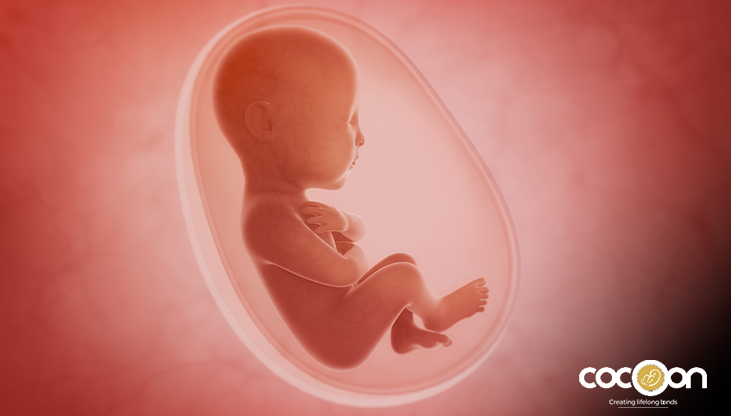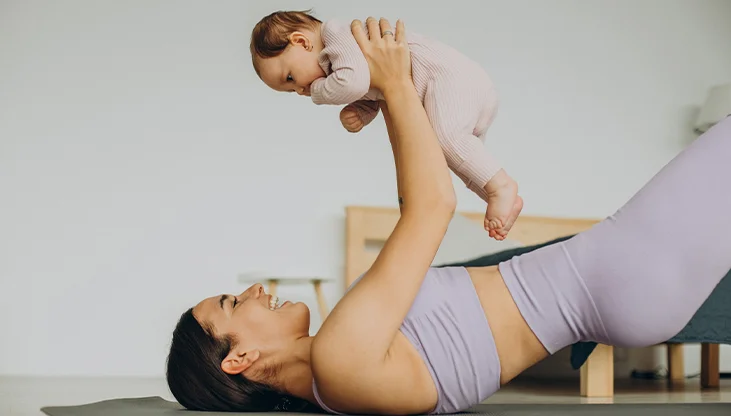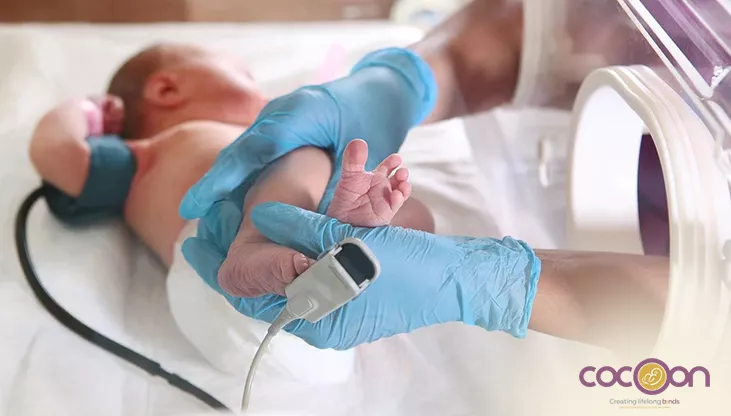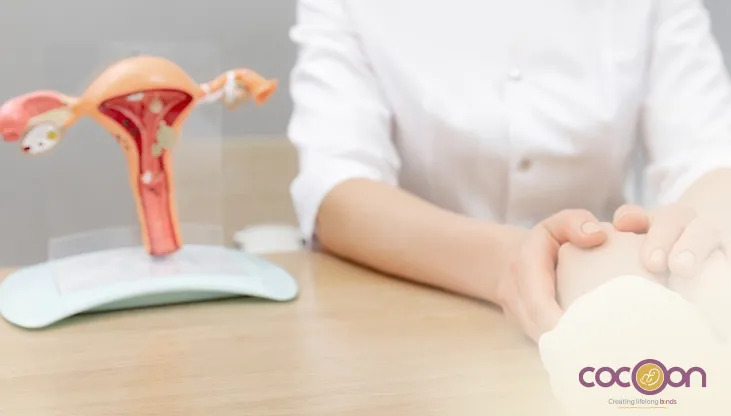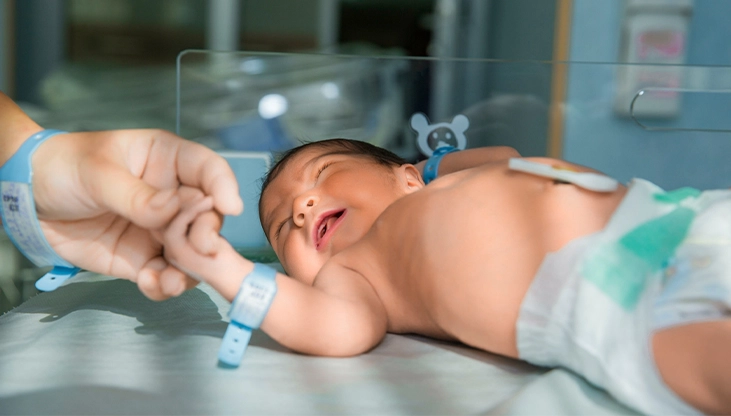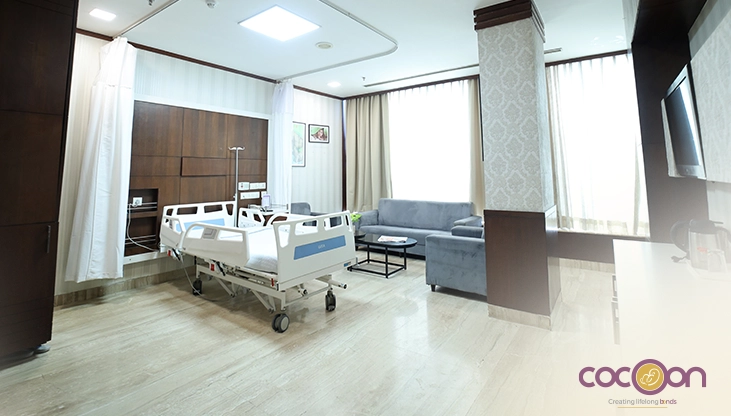Introduction
Pregnancy is a journey filled with remarkable changes, both big and small. One of the most common questions expectant parents ask is: How is my baby developing week by week? Understanding your baby’s growth can offer comfort and connection—especially when you start to feel those first gentle kicks and flutters.
In this blog, we’ll walk you through your baby’s development week by week , focusing on key milestones in both height and weight . We've divided the journey into trimesters and included insights into how a single cell gradually becomes a fully formed baby. . Whether you're newly pregnant or nearing your due date, this guide will help you feel more in tune with every stage of your baby’s growth.
What Happens During the First Trimester? (Weeks 1 to 12)
The first trimester sets the stage for your baby's formation. Even though you do not yet show or feel pregnant, a lot is going on in your womb.
Development Milestones:
- Weeks 1–4: Fertilization occurs and the embryo implants in your uterus. The placenta starts developing.
- Week 5: A small heart starts beating.
- Week 6–8: Arms and legs begin to bud, the brain and spinal cord form.
- Week 9–12: Organs start to develop. At the end of week 12, your baby is a fetus.
- Average Size and Weight:
- Week 6: Lentil in size, 4–5 mm long.
- Week 8: Around 1.5–2 cm long.
- Week 12: Approximately 6–7 cm long and about 14 grams in weight.
Notes:
This trimester is more about development than increasing in size.
The body systems of the baby are developing rapidly at this stage.
What Happens During the Second Trimester (Weeks 13 through 27)
This period is sometimes called the "honeymoon phase" of pregnancy. You might be feeling better physically now and even start to feel baby movement.
Major Development Milestone:
- Week 14–16: Bones become harder, baby begins to make facial expressions.
- Week 18–20: You may experience the initial baby movements ("quickening")..
- Week 24–27: The baby starts responding to the sound and lungs are forming.
Baby's Size at Different Weeks of Pregnancy :
- Week 16: Approximately 11–12 cm in length, 100 grams.
- Week 20: Approximately 25 cm in length, 300 grams.
- Week 24: Approximately 30 cm in length, 600 grams.
- Week 27: Approximately 36 cm in length, 875–900 grams.
Highlights:
This is the week when you start feeling more attached to your baby as their movements are getting stronger.
What Happens During the Third Trimester? (Weeks 28 to 40)
This is the final stretch. Your baby is putting on weight and preparing for birth. You’ll feel stronger movements, and your doctor will keep a close eye on fetal growth.
- Major Development Milestone: Week 28–31: Brain growth is rapid. Baby begins blinking and sleeping in cycles.
- Week 32–35: The body of the baby becomes round, and bones are fully developed.
- Week 36–40: Baby comes into birth position (head-down), and most of the internal organs are developed.
Baby Growth by Week:
- Week 28: 38 cm, 1,000–1,200 grams.
- Week 32: 42–43 cm, 1,700–2,000 grams.
- Week 36: 47 cm, 2,700 grams.
- Week 40: 50–51 cm, 3,200–3,500 grams.
Highlights:
Your baby puts on approximately 200–250 grams per week during the last month.
Movements are more likely to be rolls than kicks as room tightens.
What Does the Fetal Weight Chart by Week Look Like?
Fetal weight charts are used by doctors to track baby growth and identify potential issues. This is a simplified version for ready reference:
| Week | Average Weight | Average Length |
| 12 | 14 grams | 6–7 cm |
| 20 | 300 grams | 25 cm |
| 28 | 1,000 grams | 38 cm |
| 36 | 2,700 grams | 47 cm |
| 40 | 3,300 grams | 50–51 cm |
Note: These are average figures. Your baby's size could be slightly different and remain healthy.
How Do You Monitor Baby Size by Week Pregnant?
Physicians utilize ultrasound to monitor baby size by week while pregnant. They check on a number of important factors:
- Biparietal diameter (BPD) – baby's head width
- Head circumference (HC)
- Abdominal circumference (AC)
- Femur length (FL)
All are used collectively to approximate fetal weight and monitor growth patterns.
At home, you can monitor your belly growth and feel baby movements. Although not precise, it is a reassuring method of bonding with your baby.
When Should You Be Worried About a Baby's Growth?
If your doctor detects the baby being smaller or larger than usual over several checkups, they might recommend:
- A growth scan
- Placental insufficiency check
- Watching for gestational diabetes
In most cases, these are precautionary. Small variations are usually normal and may be influenced by genes, mother's diet, or baby's position in the womb.
What Controls Your Baby's Height and Weight During Pregnancy?
A number of factors affect your baby's growth:
- Diet: Balanced, healthy eating ensures optimal growth.
- Genetics: Baby's size could mirror the parents' sizes.
- Placenta function: Healthy blood flow ensures the baby has oxygen and nutrients.
- Mother's health: Diabetes or high blood pressure may impact growth.
What Can You Do to Support Healthy Fetal Development?
There's much you can do as a parent-to-be to support healthy baby growth week after week.
Tips to Help:
- Eat a healthy, balanced diet loaded with iron, folate, calcium, and protein.
- Be active with low-impact exercises such as walking or prenatal yoga.
- Take prenatal vitamins as directed.
- Drink lots of water to stay well-hydrated.
- Get plenty of rest and keep stress in check.
- Avoid smoking, alcohol, and medications not needed.
- Prenatal checkups every month are also important. They allow your physician to track your baby's height, weight, heartbeat, and position during pregnancy.
How Do Movements Indicate Baby Development?
Baby movement is an indication of good health and development. The majority of individuals begin to notice movements between weeks 18 to 22, and they become stronger and occur more often as your baby develops.
Near the end of pregnancy:
- The movements might slow a little, but they should still be regular.
- You might feel patterns—such as more movement after eating or at rest.
Advice: If you see less movement, particularly in the third trimester, call your doctor immediately.
Why Week-by-Week Tracking Matters?
Monitoring week by week allows your baby to be checked for good growth and is a way that your doctor can identify potential problems early.
It also:
- Provides reassurance.
- Prepares you for what to anticipate at each stage.
- Assists you in emotionally bonding even before your baby is born
Conclusion
Every pregnancy is individual. Some babies are smaller, some bigger, and both can be just fine. Weekly growth charts and scans are aids to direct your healthcare team in aiding a healthy pregnancy.
Trust your body, listen to the doctors' advice, eat well, and revel in the magic of seeing your baby develop. Whether it's tiny flutters at week 16 or a stretch across your whole body at week 36, every second is precious.

